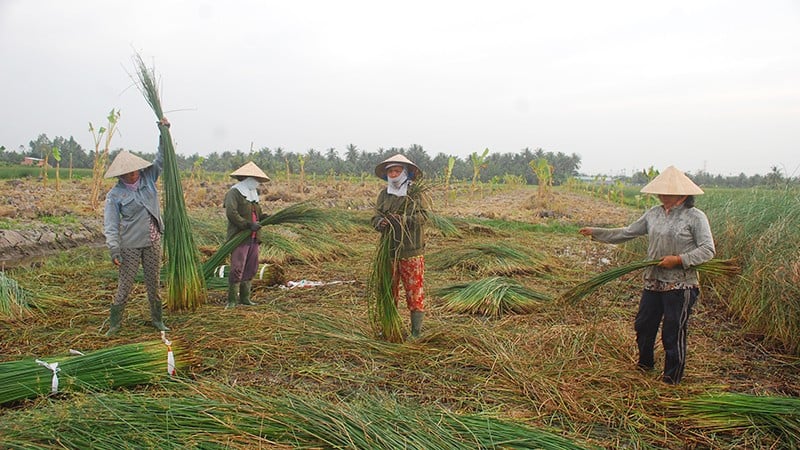
According to Mr. Le Thanh Son, Chairman of the People's Committee of Ham Giang commune, mat weaving is a traditional profession of the Khmer people in Ca Hom and Ben Ba hamlets, preserved through many generations.
20 years ago, many households in the craft village had two or three weaving looms at the same time, operating at full capacity, day and night. At one point, the craft village provided a stable income for more than 200 households, creating jobs for more than 600 rural workers.
In August 2024, the Ministry of Culture, Sports and Tourism decided to include Ca Hom and Ben Ba mat weaving in the list of national intangible cultural heritages. This is not only the pride of local people but also an important milestone in the journey of preserving and promoting the traditional cultural values of the Khmer community in the South.
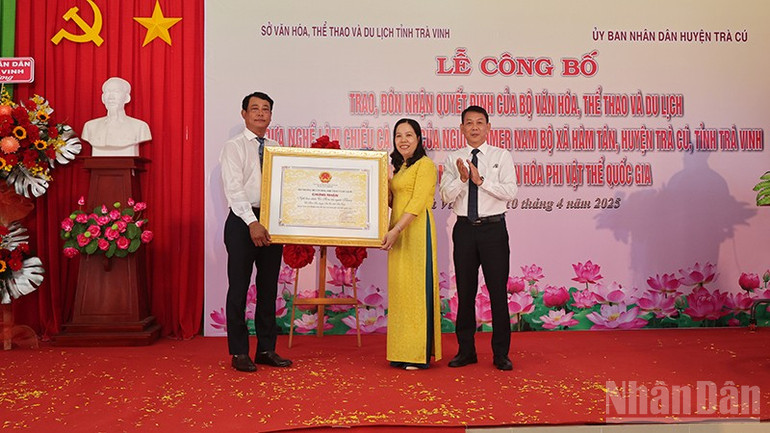
Artisan Diep Thi Som, Ben Ba hamlet, Ham Giang commune, said that since its inception, the mat weaving profession in Ca Hom, Ben Ba has gone through many ups and downs. There were times when the village's products faced difficulties in consumption due to fierce competition from nylon mats, bamboo mats, and reed mats.
In particular, in the 90s of the 20th century, due to the lack of initiative in raw material sources, production costs were pushed up, leading to difficulties in product consumption. Hundreds of craftsmen were forced to abandon their looms and switch to other jobs, putting the craft village at serious risk of extinction.
In that difficult context, the late Meritorious Artisan Ngo Thi Xuan, born in 1929, Ben Ba hamlet, Ham Giang commune, still persevered, researched, designed patterns, combined colors, and created 20 new and unique cotton mat models that were well received by the market. In 2015, Ms. Xuan was awarded the title of "Meritorious Artisan" by the President in the field of folk knowledge.
In order to revive the mat weaving craft village, in 2001, the People's Committee of Ham Giang commune provided financial support for 40 households to build weaving frames and invited artisan Ngo Thi Xuan to teach the craft. In the period 2010-2011, the mat weaving craft village developed strongly with more than 600 households working in the craft, supplying the market with more than 440,000 cotton mats and white mats of all kinds.
Up to now, Ham Giang commune has 95 households participating in craft activities, including hand-weaving and machine-weaving, with the capacity to supply about 100,000 mats of all kinds each year. The products are mainly consumed in the provinces and cities of the Mekong Delta and exported to the Cambodian market.
Over time, Ca Hom and Ben Ba mats have established their brand in the market with a variety of white mats, colored mats, printed mats, and lettered mats. Of which, printed mats are a unique and famous product of the craft village, with 5 main colors: white, red, blue, yellow, and purple.
The craftsmen carefully select images and patterns for each product to suit consumer tastes, or according to the requirements of traders. In particular, double-sided woven mats require dexterity, sophistication, and high aesthetics in each weaving line.
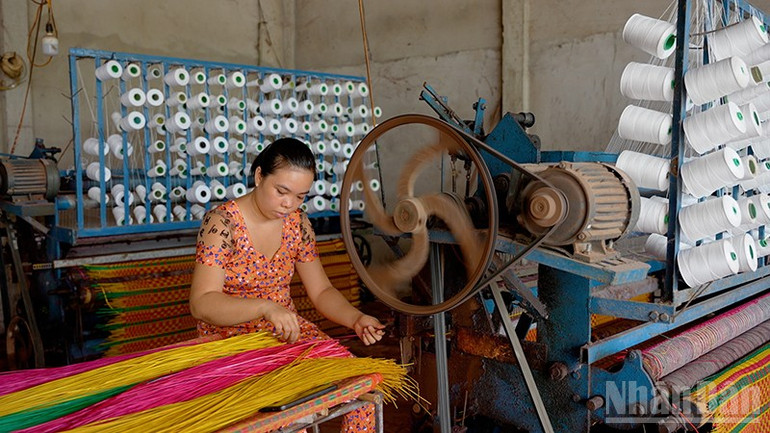
According to artisans in the Ca Hom and Ben Ba mat weaving villages, during the Khmer people’s festivals and New Year holidays in the South, the craft village is the busiest in the year. Mat weaving is associated with the process of planting, harvesting sedge, splitting, drying, transporting, dyeing and consuming the products.
The first step in making a mat is to choose the raw material of the sedge stalks, the length of the sedge stalks is suitable for the size of the mat to be woven. Next, the sedge material is washed and split evenly. Each sedge strand is dried, using boiled colored water to boil to absorb the color, then dried. The advantage of Ca Hom and Ben Ba mat products is that they can be used for 4-5 years without fading or breaking.
According to Mr. Duong Hoang Sum, Director of the Department of Culture, Sports and Tourism of Vinh Long province, the locality has an orientation to develop traditional cultural tourism, Khmer ethnic cultural identity, combined with types of eco-tourism and sea tourism in a smart, green direction.
Therefore, the province has planned to turn Ca Hom and Ben Ba mat weaving villages into unique cultural tourist destinations. Visitors will have an interesting experience of the mat weaving process and learn about the cultural life of the Khmer community.
Source: https://nhandan.vn/khoi-sac-nghe-chieu-ca-hom-ben-ba-post914756.html



![[Photo] Discover unique experiences at the first World Cultural Festival](https://vphoto.vietnam.vn/thumb/1200x675/vietnam/resource/IMAGE/2025/10/11/1760198064937_le-hoi-van-hoa-4199-3623-jpg.webp)




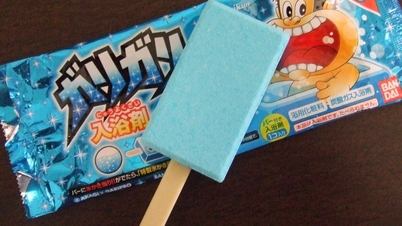










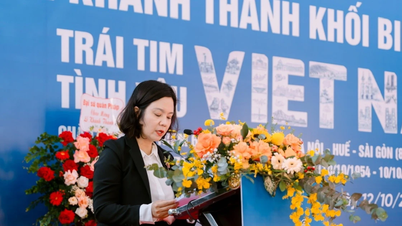

![[Video] The 1st Government Party Congress held a preparatory session](https://vphoto.vietnam.vn/thumb/402x226/vietnam/resource/IMAGE/2025/10/12/1760268573634_dang-bo-cp-jpg.webp)
![[Video] Comrade Hoang Van Nghiem holds the position of Secretary of Son La Provincial Party Committee](https://vphoto.vietnam.vn/thumb/402x226/vietnam/resource/IMAGE/2025/10/12/1760268575578_son-la-jpg.webp)
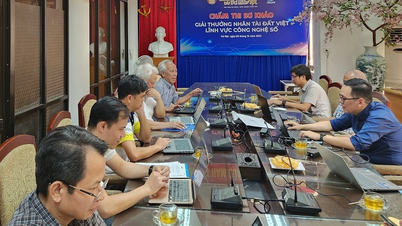
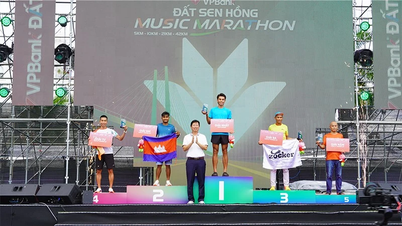





























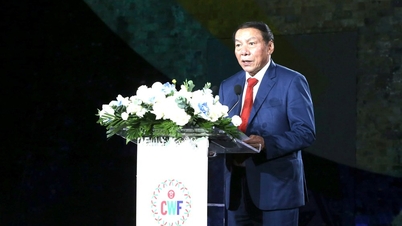

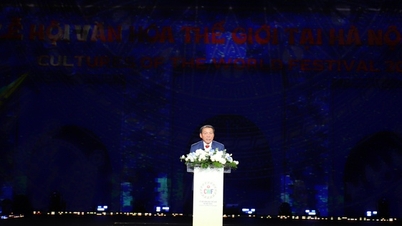

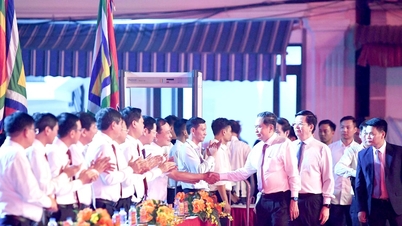
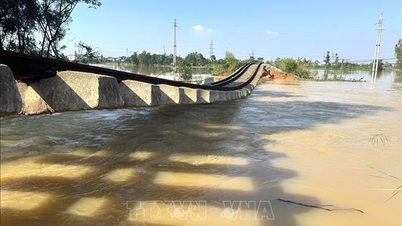



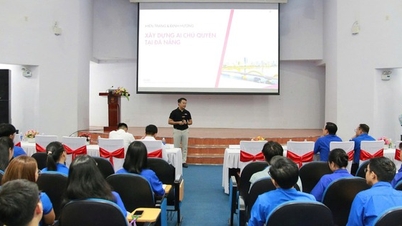




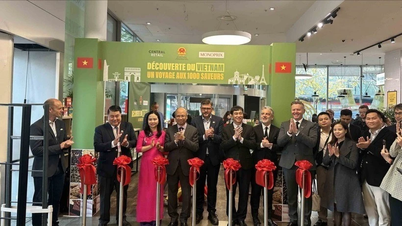




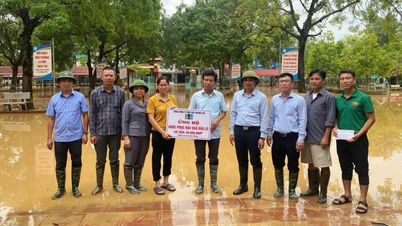


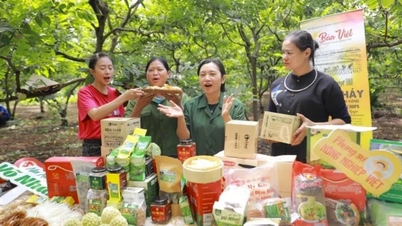












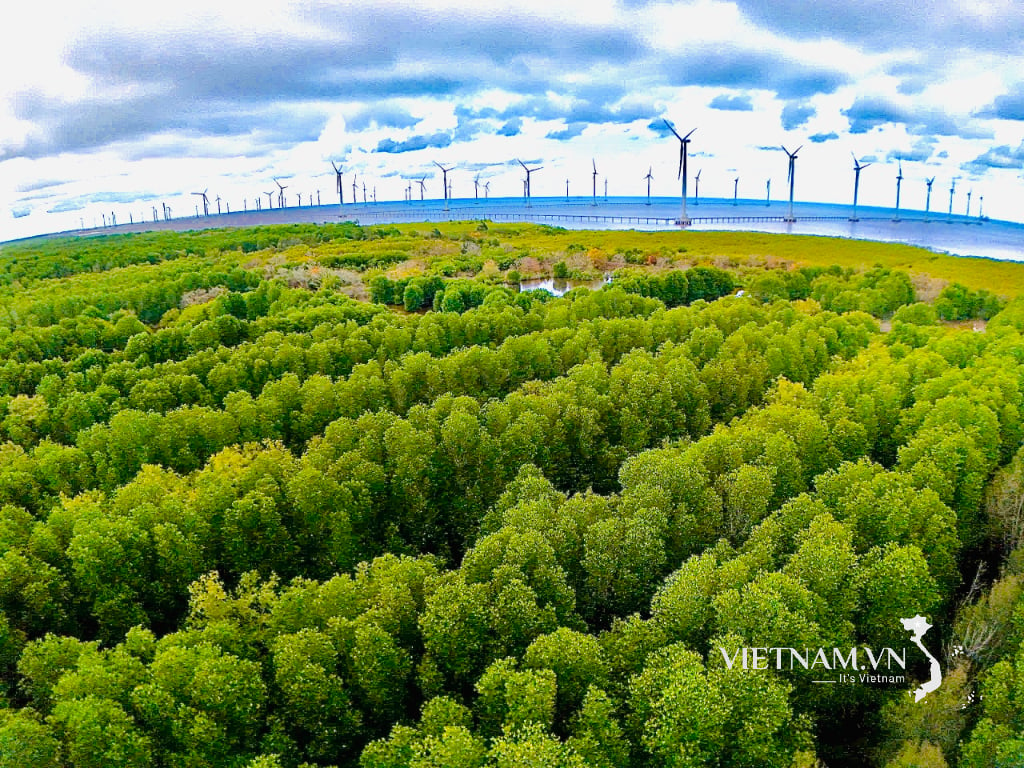


Comment (0)